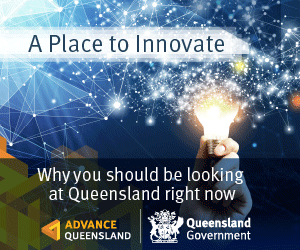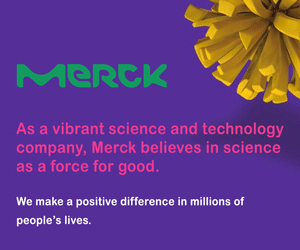1MG FlippingBooks
Pioneering Online Mental Health Support
Professor Helen Christensen
Scientia Professor Helen Christensen, Director and Chief Scientist at the Black Dog Institute, brought Cognitive Behavioural Therapy (CBT) to the internet in the 90s, helping to spark a wave of accessible mental health resources.

I went to university in the ‘70s in Australia. I wanted to learn about the world, its people and what made it tick. In the 1990s, the Internet was just developing, and we were just starting to have browsers. At that point, my colleagues and I hit a problem: as many as 20% of adolescents were experiencing mental health problems but could not be offered psychological therapy. Therapy that we knew from the research evidence would help them. There were very few psychologists available, and for the most part these services were private – and inaccessible and unaffordable for the majority. This therapy is called Cognitive Behavioural Therapy (CBT), and it still is the best and most effective treatment for depression, using techniques to challenge the normal assumptions people make about their thoughts.
Because people have “privileged access” to their own thoughts (these conscious thoughts are theirs), they immediately assume these are correct. However, CBT teaches people, that their thinking may be distorted, and that these thoughts can be questioned and disputed.
More accurate, and less biassed assessments of oneself, the world and situations have consequent improvements in anxiety, and depression.
Because CBT can be learned, we figured that putting “books” up on the Internet was a way of achieving the volume of therapy required to have real impact. A website could deliver the information (the book) across the world to everyone who needed it, improving access. However, even back then, we recognised the technology on people’s devices enabled by the Internet could do much more than display information. We could make websites “info-tainment”, we could ask people to complete self-report quizzes, we could see through analytics what aspects of the programs were best, we could tell whether our “interactive” therapy was making people better.
Most importantly, we could go to scale. Before too long, a million people were using our website. And the data that we collected showed that these websites were effective. Our first randomised controlled trial, in 2004, which we deliberately designed for high quality, employed a placebo control group, similar to those in pharmacological trials. The trial demonstrated the power of content on the Internet to emulate what is done in face-to-face therapy around the world. We could change people’s lives directly through the Internet.
Why did I go into science? For me, the cause was important – the prevention and early intervention of adolescent mental health disorders. It is possible, and cost-effective, and empowering to use internet tools. I was also motivated beyond the discovery to deliver the practical and often data-driven outcomes that make a difference. Two things: the energy, time and money that goes into scientific discovery are wasteful if not put into practice. And discovery is about solutions and their implementation.










